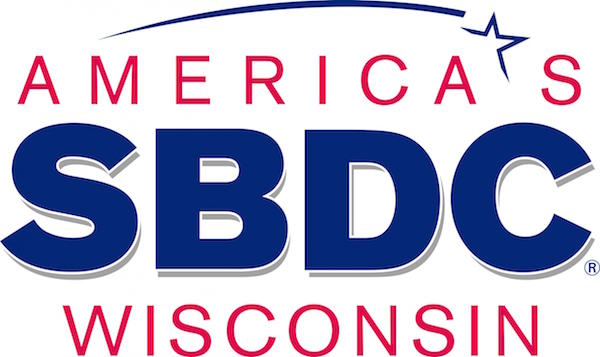Subscribe: Apple Podcasts | Spotify | Amazon Music | iHeartRadio | RSS | More
[vc_row][vc_column][vc_column_text]In Edible-Alpha® episode #19, Part 1, Tera talks with Dan Lemmer of the Wisconsin SBDC’s capital access team about building great financial systems and realistic projections for food, beverage and value-added agriculture businesses. His background as an auditor, controller, CFO and CEO helps him understand how entrepreneurs need to communicate their financials to outside bodies to demonstrate transparency and successfully raise money.
Dan talks about the different types of accounting and how the more general ledger accounting (which ensures accuracy/completeness) is now handled, for many businesses, by accounting packages like QuickBooks rather than an accounting team or a manual process. From the entrepreneur’s perspective, the most important thing when using an accounting package is to ensure accurate setup and data entry so that they are able to produce accurate financial statements. Dan cautions entrepreneurs to only track the information they plan to use.
Cost of Goods Sold (COGS) is one of the most important indicators of food business success, both for the entrepreneur seeking to control costs as well as investors looking to assess the future growth of the value of the company. In general, if the cost is related to the production of the product or adding value to the product (not sales/marketing promotions or overhead costs), it belongs in COGS.
Balance Sheets are a snapshot in time. They are important because the remaining balance of inventory, pre-paid expenses, accounts receivable/payable and liabilities/assets are all captured on the Balance Sheet at each end of the Profit and Loss Statement (P&L), which is a period statement. It is also difficult to forecast cash if your Balance Sheet is not accurate, and cash is not the same as net income due to the different cash cycles of different businesses. For example, food companies are very cyclical in their cash cycle, so cash needs to be tracked closely and planned for when making projections of needed cash, including working capital requirements. In addition, food businesses need to scale quickly to go into new distribution (even online), so a big capital infusion needs to be accounted for when making projections that get into new distribution.
One of the biggest decisions entrepreneurs make in setting up their financial systems is figuring out how much to outsource vs. do in-house. While entrepreneurs need to understand their financial statements and financial drivers, they can often have an outside person come in monthly or quarterly to help take on the more complicated accounting and tax issues, including adjusting journal entries. Then, once the business grows, they can hire someone in-house to help them manage that process as well as help with financial analysis and projection. It is often helpful to have another set of eyes review the work of whoever is entering the transactions, whether the entrepreneur or the outside accounting help.[/vc_column_text][/vc_column][/vc_row]

